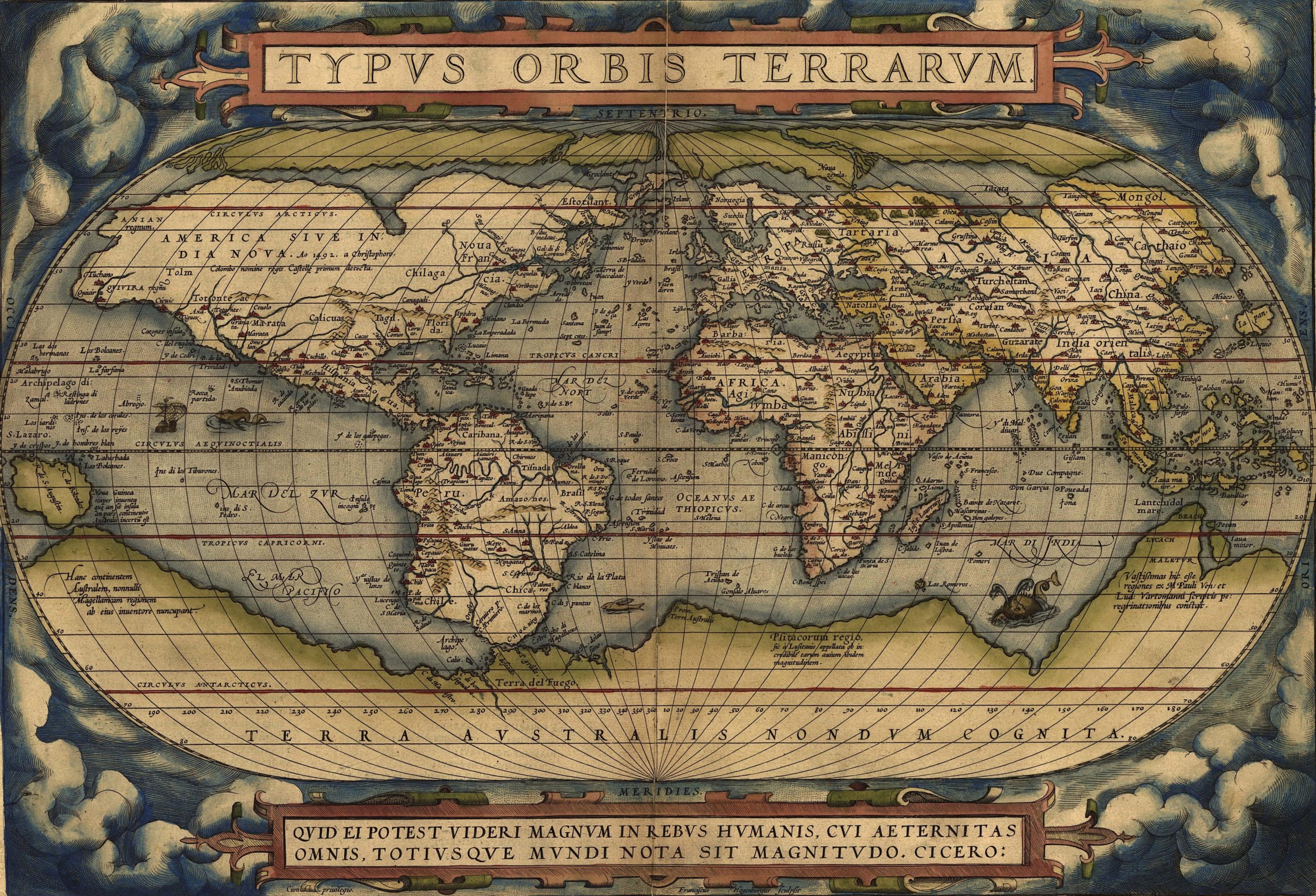Review of development in safety and sustainability best practice catalogs for education community outdoor environment.
Archives
- Home
- Event Page 26

“Friday, I’m in Love” LSU Laboratory School
Congratulations to the newest members of the ULS ACT 30+ Society. Each of the students pictured earned a composite score of at least 30 on the ACT!
🔗: https://t.co/oPluA13MuQ pic.twitter.com/O7LIATCZfs
— University Laboratory School (@LSULabSchool) October 21, 2024
The ULS Kids Heart Challenge (K-4) and the American Heart Challenge (5-8) have officially kicked off! Our school is proud to support the American Heart Association and help kids with special hearts! Register today to participate. https://t.co/3N9M24IxlT pic.twitter.com/zTpgSQ7SOe
— University Laboratory School (@LSULabSchool) January 29, 2021
Prometheus 300
Monthly review of all consensus, consortia and open source codes, standards and regulations the set the standard of care for fire safety in educational settlements. We group them with fire protection standards because most of the compliance and enforcement expertise originates with fire safety expertise. Send bella@standardsmichigan.com an email for an advance agenda.
Choir of King’s College | Cambridge
@KingsCollegeChoirhttps://t.co/PLWdl2bWXh pic.twitter.com/jmKPiElqiq— Standards Michigan (@StandardsMich) December 14, 2023
In Greek mythology Prometheus is the Titan god of fire & credited w/ creation of humanity w/help from goddess Athena & defying other gods by giving fire to hasten civilized Manhttps://t.co/SKtP0DHqgN@EmoryUniversityhttps://t.co/W9CeH5MeaN pic.twitter.com/DiAOzfiTy7
— Standards Michigan (@StandardsMich) April 14, 2021
Hello World!
“Own only what you can always carry with you: know languages, know countries, know people.
Let your memory be your travel bag.”
— Aleksandr Solzhenitsyn (From “The Gulag Archipelago”)
Today we explain our collaboration with other education settlements in the US and other nations. We conform to participation requirements set by ANSI US Technical Advisory Groups to the International Organization for Standardization but we also have liaison with other universities in the European Union who conform to the participation requirements of their own national standards bodies.
Use the login credentials at the upper right of our home page. Because a great deal of content is copyright protected by the International Electrotechnical Commission, International Organization for Standardization and International Telecommunications Union, please contact bella@standardsmichigan.com for an advance agenda.
17 equations that changed the world pic.twitter.com/69jV97p8mM
— Massimo (@Rainmaker1973) December 21, 2024
d
d
v
Electric Vehicle Charging Stations
One hour overview of NEMA, SAE, IEEE, NFPA, UL and ICC public input and comment on safety and sustainability standards for electric vehicle charging stations. As usual, our focus is on marking up consensus documents, signing them and submitting them to the appropriate technical committee so that you may receive a formal response.
Intellectual Property
Chronicle of Higher Education: The Campus Cold War — Faculty vs. Administrators
Innovation – Standardization – Commoditization run along a continuum. Today we unpack some of the ideas that hasten (and prohibit) leading practice discovery; how quickly goods and services become a “human right”; why all of this is relevant to education communities and why some believe that commoditization is a myth.
From the Wikipedia
In business literature, commoditization is defined as the process by which goods that have economic value and are distinguishable in terms of attributes (uniqueness or brand) end up becoming simple commodities in the eyes of the market or consumers. It is the movement of a market from differentiated to undifferentiated price competition and from monopolistic competition to perfect competition. Hence, the key effect of commoditization is that the pricing power of the manufacturer or brand owner is weakened: when products become more similar from a buyer’s point of view, they will tend to buy the cheapest.
Related:
Why High-Tech Commoditization Is Accelerating
After months of hard work, the top five teams met at USPTO headquarters today for the final round of the 2025 National Patent Application Drafting Competition. 🏆 And the winners are … ⬇️
🥇 First place — @UofMNLawSchool pic.twitter.com/uwNSJR0oBy
— USPTO (@uspto) April 4, 2025
From creating a race car safety device that protects drivers from injury to revolutionizing chemotherapy, Spartans have contributed to more than 3,300 inventions. #SpartansWill pic.twitter.com/dchCs0BFBx
— MSU (@michiganstateu) February 21, 2025
For 58 years, 7-Eleven has been protecting its iconic semi-frozen soft drink, the Slurpee. But it doesn’t stop there. The store has more than 200 registered trademarks to protect its goods and services, including “Oh thank Heaven for 7-Eleven" in 1978 and “Brainfreeze” in 1993. pic.twitter.com/b9bkkcijGg
— USPTO (@uspto) July 11, 2025
Bastille Day
— Histoire de France (@HistoiredeFran7) July 14, 2025
On Bastille Day, I have to say I really think that the French Revolution unleashed far more evil and horror on the world than it purported to solve due to class inequalities. pic.twitter.com/QVm3g0lICT
— Don Shift (buy my books) (@DonShift3) July 14, 2025
✨ Révision de la norme ISO 9001 : Saint-Denis, centre des échanges internationaux !
Nous avons eu le privilège d’accueillir dans les locaux d’AFNOR 45 experts venus des cinq continents pour coécrire la future version de la norme ISO 9001. pic.twitter.com/vyMBoMFHBX
— AFNOR (@AFNOR) April 8, 2025
Clare College “…American Choral”
Two in the saddle,
is worth how many on the ground???? pic.twitter.com/iP0EGobuXM— Natalie Cooper Kovarik (@natalie_kovarik) July 2, 2023
New update alert! The 2022 update to the Trademark Assignment Dataset is now available online. Find 1.29 million trademark assignments, involving 2.28 million unique trademark properties issued by the USPTO between March 1952 and January 2023: https://t.co/njrDAbSpwB pic.twitter.com/GkAXrHoQ9T
— USPTO (@uspto) July 13, 2023
Standards Michigan Group, LLC
2723 South State Street | Suite 150
Ann Arbor, MI 48104 USA
888-746-3670



















